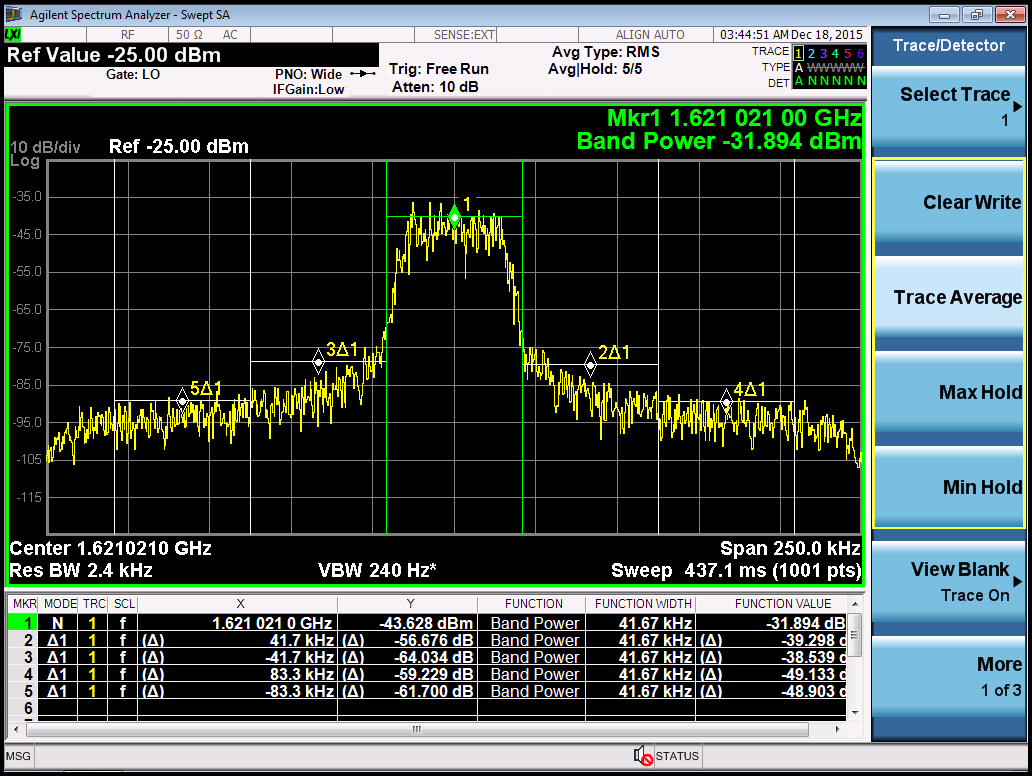Practical Electromagnetic Compliance
This article gives some practical tips and observations on Electromagnetic Compliance (EMC) as applied to printed circuit boards. Most EMC design courses are based on early work in the EMC field and tend to be either outdated or short on application ideas that have been proven to work in practice.
Some definitions:
Loop area
Loop area refers to the physical area encompassed by the conductors in a complete circuit, and is important because of the propensity of the loop to function as an antenna or a single turn transformer. Loop area also translates into inductance/impedance, which prevents a good short circuit at RF frequencies. It is always good to minimize the loop area of any susceptible circuit, as we will see later.
Common mode voltages
Common mode voltages arise when a noise source is dumping current through a ground structure of finite impedance, which all practical grounds are. This sets up a differential voltage that can drive attached conductors as end fed antennas (radiated emissions) or can couple noise into other circuits that share the same ground plane (common mode coupling). Again, impedance is a bad thing in a ground system.
Now that we have the dominant mechanisms defined, here are some techniques for minimizing EMC issues on your board:
1. Minimize ground plane impedance
As mentioned earlier, it is vital to minimize the impedance of the ground plane/structure. There are a few ways to do this that are not immediately obvious:
i. Eliminate separate ground planes and make everything a single ground (chassis).
The idea of separate grounds seems like a good idea, as it can in theory break up common mode voltage/current coupling. But, in almost all cases it causes an increase in loop area that noise current must travel to return to the source and reduces the amount of ground metal available. Remember that in PCBs “vias” take up a substantial amount of room and separated grounds can’t take advantage of shared via contacts. Breaking up a PCB with islands of ground will result in an increase in impedance. And, any noise currents that are intercepted off the ground plane where they originated must travel all the way through the common tie point between ground planes to return to the source. For example, if you have separate “digital” and “analog” ground planes, and your digital circuit has I/O lines which connect to the analog circuit, then any noise currents from the digital circuit riding on the I/O lines to the analog circuit must travel all the way through the analog ground until they reach the tie point between the digital and analog ground. This usually accounts for the phenomenon of “I added caps to the hot lines coming off the board and it made the radiated emissions worse”. This isn’t the only reason this happens but it is a major player.
ii. Eliminate separate Vcc planes.
This ancient practice is long overdue for an overhaul. Years ago, the leaded capacitors were not able to provide a good enough short at VHF and above, so the reasoning was that the parallel plates of Vcc and ground made a good UHF capacitor. The problem with this is twofold: it takes away one or more ground planes, and more importantly doesn’t allow the designer to control where the noise current goes. Noise follows the path of least impedance, which may be anywhere on the PCB after you punch holes in the Vcc plane for vias and to route traces that have no other room to go. The best way to control noise is to use a separate trace for Vcc, and apply series and shunt elements to control the noise currents.
2. Use Capacitors, Ferrite Beads, and Resistors
Another important rule is to use capacitors to provide a short circuit to noise directly at the noise source (typically Vcc). This minimizes loop area. Then, a series impedance is used to couple the device to the Vcc trace. The goal is to use series impedances to reduce noise currents on the Vcc trace. Any noise that gets on the Vcc trace will eventually get shorted to ground through a distant capacitor and make a loop. This is the other case of adding caps making radiated emissions worse: there was too much noise on the affected conductor to begin with that should have been treated with a series element.
3. Watch capacitor case sizes
Use the smallest case that your assembler can handle. EMC suppression is directly related to parasitics, and the latest crop of 0402 caps are really amazing in terms of the self resonant frequency. Once, through hole and 1206 caps were all that were around and most common bypass values went self resonant in the HF region. It now common to see the SRF’s in the high UHF or low microwave region for bypasses, making life easier. I recommend a 100 pF/0.1uF 0402 size combination for just about everything, as I have always seen this work. In the past, the trick was a 0.001 and a 0.1 uF in an attempt to cover the LF-1 GHz range with two caps but this had issues with peaks in the impedance.
4. Understand when to use ferrite beads versus resistors
Ferrite beads are overrated, as they tend to be peaky and lose suppression at very high frequencies. An SMT resistor is very well behaved up to the microwave region, and they are very cheap. The RC pole can be made to occur at a very low frequency, whereas a bead will not provide any series impedance in the audio range. Beads are useful in certain applications where no DC drop can be tolerated but one should avoid the temptation to install them in every Vcc and I/O line.

